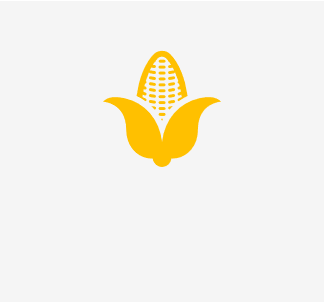Microbial load
Controlling some of the invisible microbial quality parameters is difficult and challenging and could be assisted by baseline evaluation of mould & yeast counts and checking for Salmonella positive batches. Regular monitoring provides information on the initial quality of the feed ingredient and final feed and potential changes during storage.

